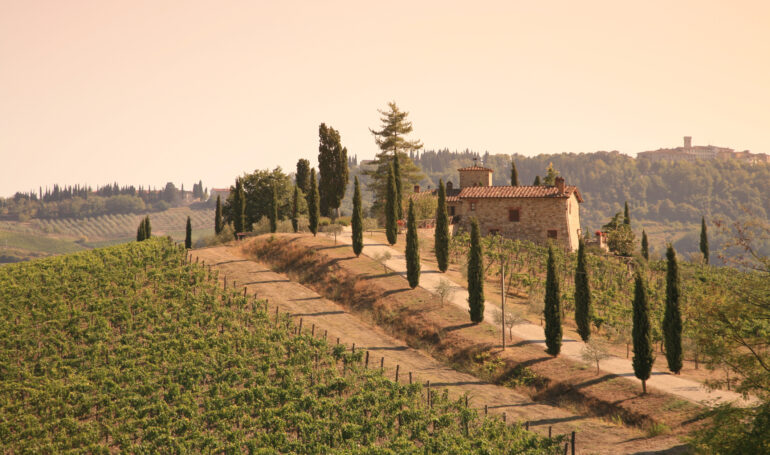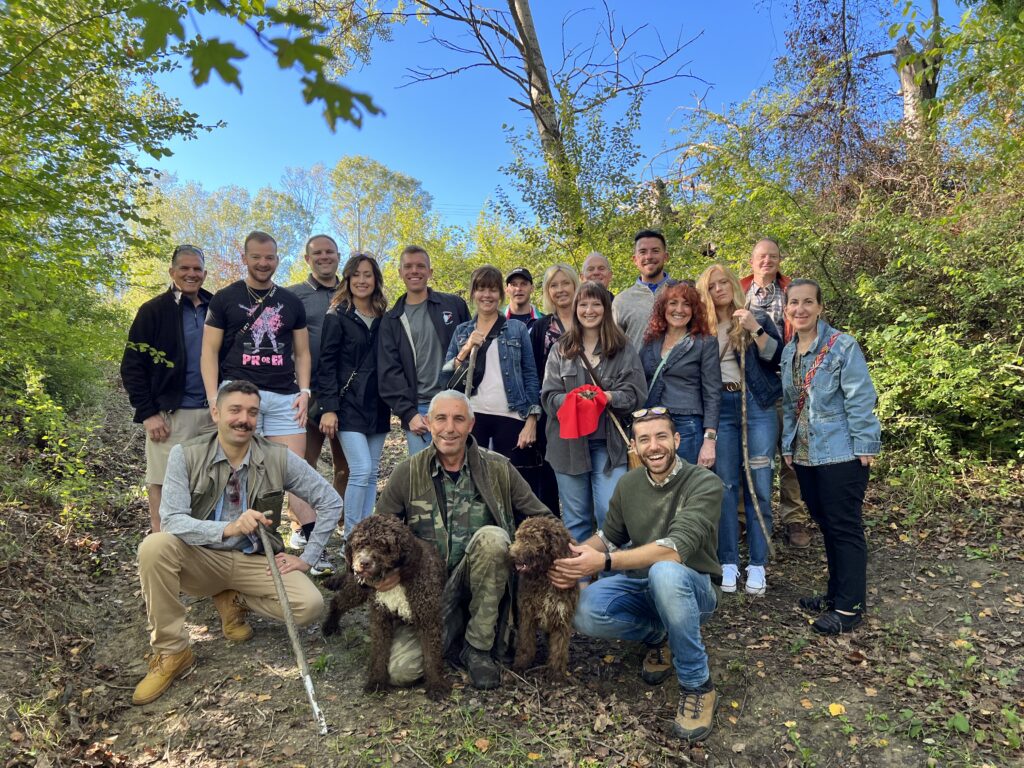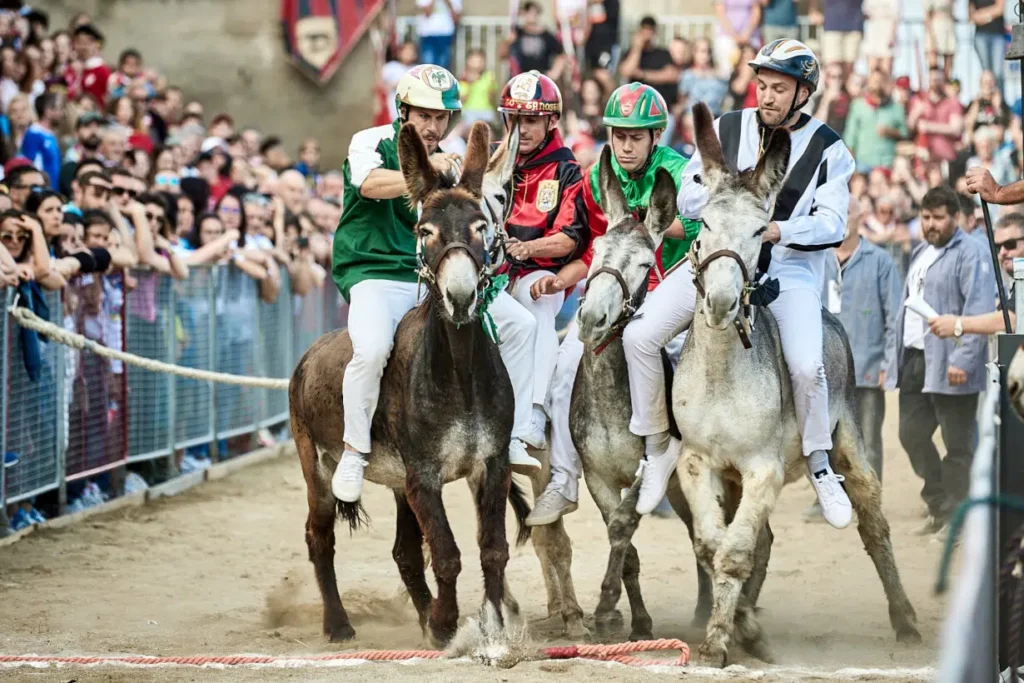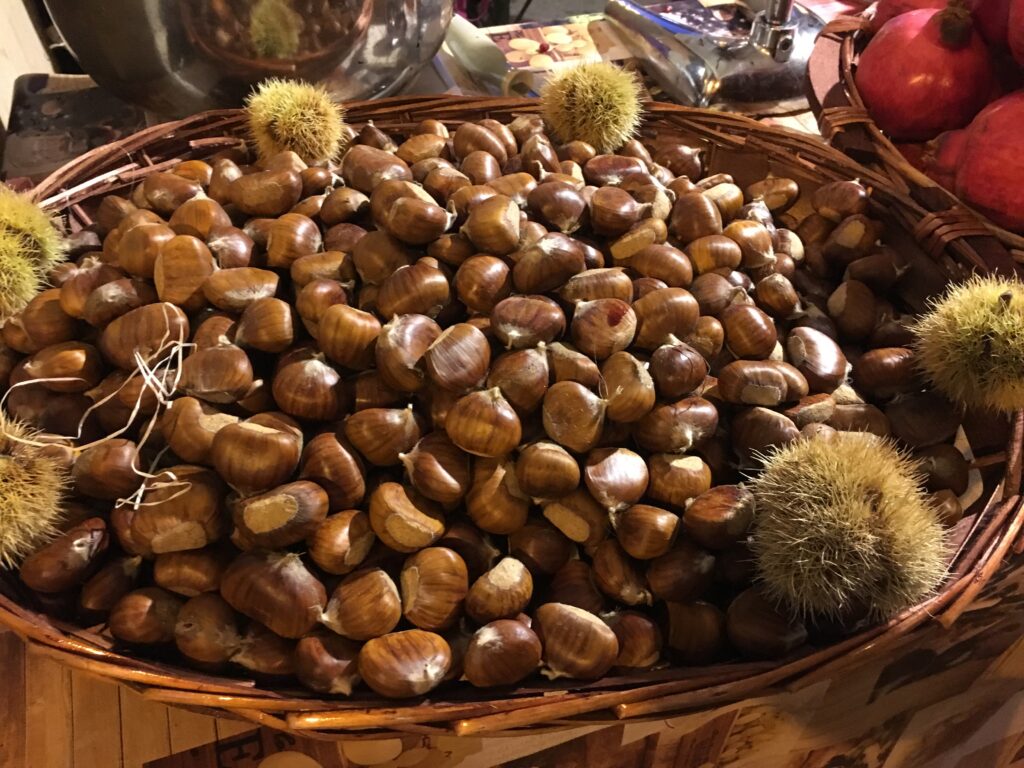
Autumn In Italy
Autumn in Italy is a time of transformation. Autumn, where nature, culture, and tradition unite to embrace vibrant colors, delicious food, and festive celebrations. As the heat of the summer fades and the cool, crisp air begins to sweep through the country, Italy’s landscapes undergoes a stunning change. This change enchants both locals and visitors alike. From the rolling hills of Tuscany to the ancient streets of Rome, and the coastal beauty of Sicily, autumn in Italy is a season of warmth, beauty, and indulgence.
The Changing Landscape
Autumn in Italy is often described as a painter’s palette come to life. The countryside, in particular, undergoes a breathtaking transformation. The rolling hills of Tuscany and Umbria, already stunning in their own right, become a sea of golden hues. Vineyards, olive groves, and forests shed their summer green for a warmer color scheme. The famous cypress trees stand tall against a backdrop of amber, ochre, and crimson leaves. This creates a picturesque view that seems almost too beautiful to be real.
The scenery in the mountainous regions of the Alps and the Dolomites is equally spectacular. The forests of chestnut, oak, and beech trees turn fiery shades of red, yellow, and orange, and in the higher altitudes, the first snows begin to dust the peaks in late autumn. Whether driving through the countryside or hiking in the mountains, autumn in Italy offers an unforgettable experience for nature lovers. Many visitors come specifically for this season to experience the beauty of Italy’s landscape at its finest.
The Bounty of Autumn
One of the highlights of autumn in Italy is the rich harvest season. As the weather cools, the country’s markets overflow with fresh produce. Grapes, olives, truffles, chestnuts, and mushrooms dominate the scene, each playing a vital role in Italian cuisine during this time of year.
The grape harvest, or vendemmia, is one of the most important agricultural events of the season. In regions such as Tuscany, Piedmont, and Veneto, the vineyards are bustling with activity as winemakers gather grapes to produce some of the world’s most famous wines, including Chianti, Barolo, and Amarone. Wine festivals, or sagre, are common during this time, celebrating the new wine and the fruits of the labor. Many vineyards open their doors to tourists for tastings and tours, allowing visitors to witness the winemaking process firsthand.
Autumn is also truffle season in Italy, particularly in Piedmont, Tuscany, and Umbria. The elusive and highly prized white truffle is hunted with the help of specially trained dogs. Truffle fairs, such as the famous Alba White Truffle Fair, attract food lovers worldwide who come to sample dishes infused with the earthy, luxurious aroma of truffles.
Mushrooms are another autumnal treasure in Italy. Foraging for wild mushrooms is a popular activity in rural areas, and local markets showcase a wide variety of porcini, chanterelles, and other forest fungi. These enhance pasta dishes, risottos, and soups, giving Italian cuisine a deep, earthy flavor that perfectly complements the season.

Picture Credit: Lazy Italian Culinary Adventures
Festivals and Traditions
Autumn in Italy is also a time of celebration and tradition. The cooler weather and bountiful harvest unite people for festivals and communal gatherings, which have been celebrated for centuries.
One of the most important festivals is Sagra delle Castagne (Chestnut Festival). In autumn, chestnuts are a staple of Italian cuisine, used in everything from roasted snacks sold on street corners to sweet desserts like castagnaccio, a chestnut flour cake. Chestnut festivals (which we visit on our fall in Tuscany tour) occur in various regions, especially in northern and central Italy, where locals and tourists enjoy roasted chestnuts, chestnut-based dishes, and live entertainment.
The Palio dei Somari (Donkey Race) is a quirky yet traditional event in Torrita di Siena in Tuscany. In this race, donkeys, rather than horses, take center stage. Each town district sponsors a donkey and jockey, and the race is accompanied by medieval pageantry, music, and food.
In Venice, the Feast of the Madonna della Salute is an important religious event celebrated on November 21st. This festival is held in gratitude to the Virgin Mary for ending a plague in the 17th century. Thousands of Venetians and visitors cross a specially built bridge over the Grand Canal to attend Mass at the Basilica of Santa Maria della Salute, followed by a day of festivities and traditional Venetian food.
Another significant autumn festival is Ognissanti (All Saints’ Day) on November 1st, a public holiday in Italy. On this day, Italians honor the memory of deceased loved ones by visiting cemeteries, cleaning graves, and leaving flowers. While it is a somber occasion, it is also a time for family gatherings and quiet reflection, a tradition deeply ingrained in Italian culture.

Picture Credit: Sienafree.it
Culinary Delights of the Season
Italian cuisine is always a highlight, but autumn brings a special set of flavors and dishes that are tied to the season’s ingredients. From hearty stews to rich pastas, the food in Italy during autumn reflects the abundance of the harvest and the desire for warm, comforting meals as the temperatures drop.
Pasta dishes take on a richer and earthier character, often featuring ingredients like mushrooms, truffles, and game meats. One popular dish is tagliatelle al tartufo, a simple yet luxurious pasta with fresh truffles, olive oil, and Parmesan cheese. Risottos are also common, especially risotto ai funghi (mushroom risotto) and risotto al Amarone, made with one of Italy’s most famous red wines.
As mentioned earlier, chestnuts are a staple in autumn cooking. Castagnaccio is a traditional cake made with chestnut flour, pine nuts, raisins, and rosemary. It is a sweet yet savory treat that pairs perfectly with a glass of vino novello, the first wine of the new season.
Fresh olive oil is also a key ingredient in autumn dishes as the harvest begins. The olio nuovo, or new olive oil, is celebrated for its vibrant green color and peppery flavor, often drizzled over simple bruschetta or used in salads and soups.

Picture Credit: Lazy Italian Culinary Adventures.
The Perfect Time to Explore
Autumn is considered one of the best times to visit Italy. Not only because of the stunning landscapes and seasonal delights, but also because of the quieter, more relaxed atmosphere. The summer tourist crowds have mostly departed, leaving a sense of calm that allows visitors to truly soak in the country’s beauty and culture.
The cooler weather makes exploring cities such as Rome, Florence, and Venice more enjoyable. Museums, historical sites, and outdoor attractions are less crowded, offering a more intimate experience. In rural areas, agriturismo (farm stays) are popular during autumn. This is where guests can immerse themselves in the agricultural traditions of Italy. Whether grape and olive harvesting to cooking classes that teach the art of making seasonal Italian dishes, fall in Italy is simply a must.
In Conclusion
To conclude, autumn in Italy is a season of richness in nature and culture. Whether you are drawn to the fiery landscapes, the culinary treasures of the harvest, or the time-honored festivals that celebrate the country’s traditions, there is no better time to experience the authentic beauty of Italy. The slower pace, the cool air, and the golden light create a magical atmosphere that will leave a lasting impression on anyone lucky enough to witness it.

What to Pack for Italy
Cosa Mettere in Valigia per l'Italia
Everyone is always asking me what they should pack for Italy,
so I’ve created a quick reference guide that you can use for your next trip.
Hint: You don’t need nearly as much as you think you do!

Leave a Reply